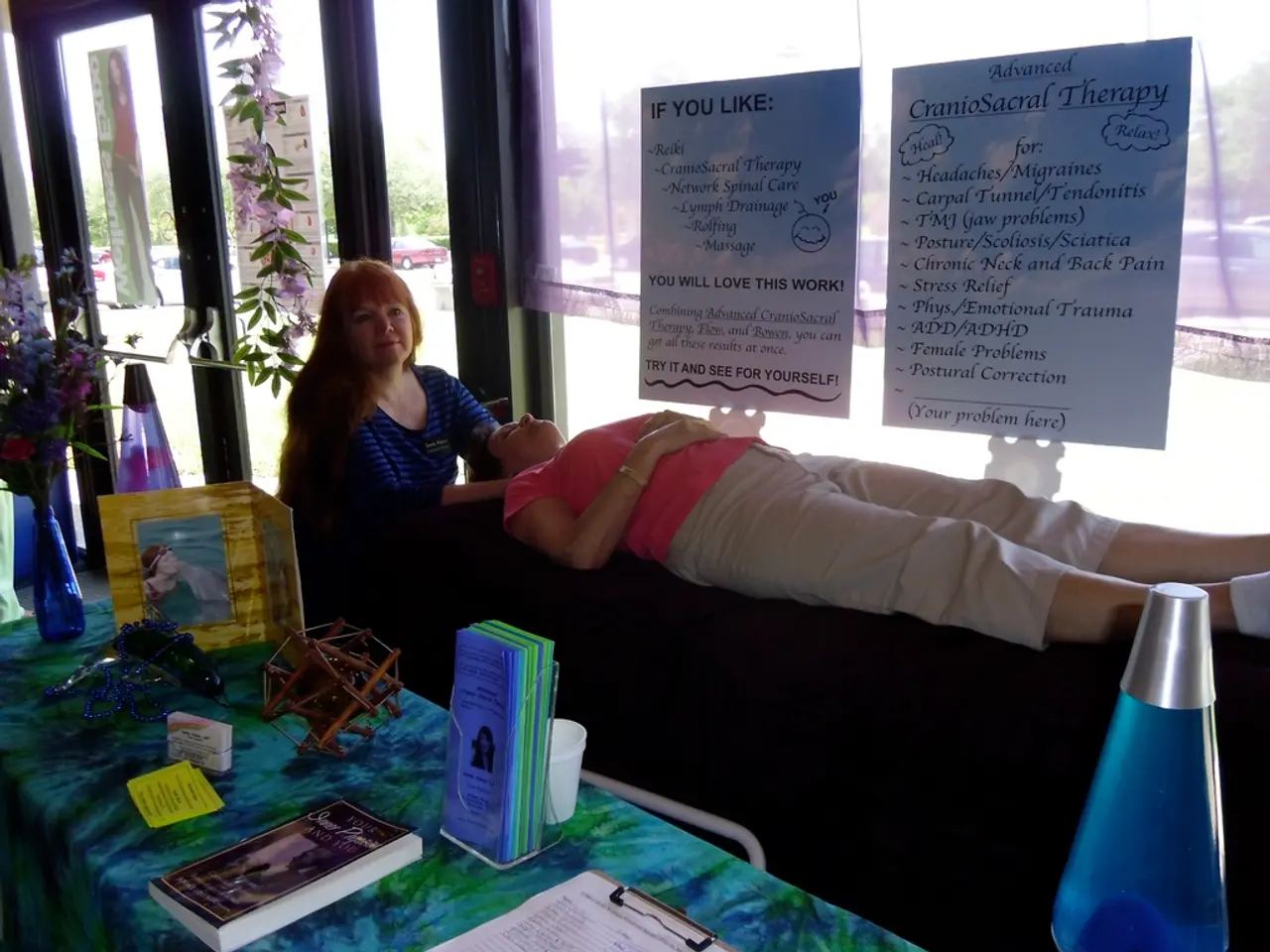Strategies for Managing the Aftermath of Sexual Abuse or Molestation
Sexual violence is a serious issue that can take many forms, from rape and marital rape to noncontact sexual abuse such as coercing a child to watch a sex act or look at the perpetrator's genitalia. It's essential to remember that sexual assault is any sexual activity without consent, and it can happen to anyone, regardless of race, age, or gender.
In the United States, approximately 1 in 5 women report experiencing completed or attempted rape at some point in their lifetime, and nearly 43.6% of women report experiencing some type of contact sexual violence. Members of the LGBTQIA+ community also experience equal or higher rates of sexual violence than heterosexual individuals.
The mental health effects of sexual abuse and assault can range from immediate to delayed trauma and stress, according to Nicole Prause, a clinical psychologist who specializes in the impact of sexual violence and trauma. Common psychological symptoms include post-traumatic stress disorder (PTSD), anxiety, depression, substance use disorder, alcohol use disorder, eating disorders, insomnia or trouble sleeping, self-injury or harm, suicidal ideation, and cognitive behavioral therapy, trauma-focused therapy, and eye movement desensitization and reprocessing (EMDR) may be helpful therapeutic approaches.
Emotional and physical effects of sexual violence can vary significantly from person to person. However, common physical symptoms include fear of touch, increased heart rate, increased startle response, pelvic floor issues, and psychomotor agitation or lag. Seeking immediate emergency care is essential if physical harm has occurred, which may involve visiting a healthcare professional or an emergency room, reporting the act to the police, or contacting the National Sexual Assault Hotline to connect with a hospital with specially trained staff members who can collect evidence of sexual assault.
Coping with sexual violence can be challenging, but help and support are available. Several organizations provide help and support for survivors of sexual violence, including the Childhelp National Child Abuse Hotline, National Sexual Assault Hotline, National Domestic Violence Hotline, National Deaf Domestic Violence Hotline, Love is Respect Hotline, and Safe Helpline. Social support, including community or online support and group therapy, can also be an effective coping tool.
It's important to note that no one deserves sexual violence, and survivors are not responsible for what happened to them. The journey toward recovery for survivors of sexual assault isn't easy, but with the right tools, emotional support, and the help of healthcare professionals, it is possible to start healing from the trauma. Financial resources may be available to help survivors of sexual assault, including grant programs authorized by the Violence Against Women Act of 1994 offered by the U.S. Department of Justice.
In the United States, organisations such as the Rape, Abuse & Incest National Network (RAINN) and the National Sexual Violence Resource Center (NSVRC) provide help and support for victims of sexual violence and harassment. It's essential to spread awareness and provide adequate sex education for youth and young adults to help prevent sexual violence. Abuse that includes the experience of physical pain, and when reports to authorities are not believed, are much more likely to become a psychological disorder, according to Nicole Prause.
Sexual abuse refers to unwanted sexual behavior toward children, including oral, vaginal, or anal penetration. It's crucial to report any suspected cases of sexual abuse to the authorities to ensure the safety and wellbeing of the child.
In conclusion, sexual violence is a significant issue that affects many individuals, regardless of their race, age, or gender. It's essential to understand the signs, symptoms, and effects of sexual violence, seek help and support when needed, and spread awareness to prevent sexual violence. Remember, no one deserves sexual violence, and survivors are not responsible for what happened to them. Help is available, and recovery is possible.
Read also:
- Nightly sweat episodes linked to GERD: Crucial insights explained
- Antitussives: List of Examples, Functions, Adverse Reactions, and Additional Details
- Asthma Diagnosis: Exploring FeNO Tests and Related Treatments
- Unfortunate Financial Disarray for a Family from California After an Expensive Emergency Room Visit with Their Burned Infant








